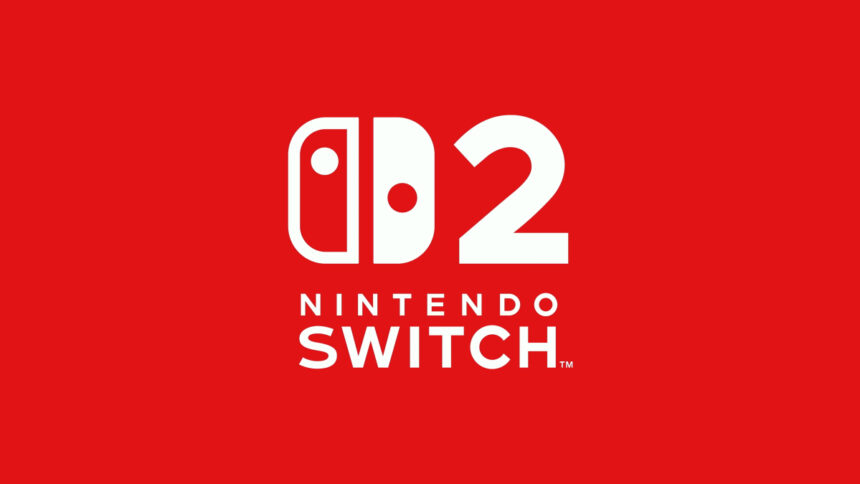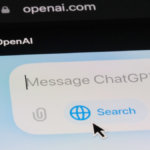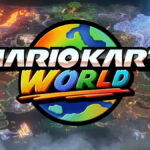Nintendo Switch 2: Everything You Need to Know
Nintendo has recently concluded its highly anticipated Nintendo Switch 2 Direct. Watching the event unfold felt almost dreamlike, as the company had kept discussions about the new console under wraps for years. Although they offered an initial look a few months back, seeing them delve deeper into the console’s features was unexpected.
The long wait is finally over; the details regarding Nintendo’s next-gen console are now revealed. While not every question regarding its performance has been addressed, those curious about hardware specifications can find essential information here.
What is the Performance Level of the Switch 2?
Any new console generation comes with excitement, especially regarding game performance and additional accessories. However, one of the foremost mysteries surrounding the Switch 2 has been its hardware capabilities. The original Switch was considered somewhat underwhelming in terms of power upon its release in 2017, yet Nintendo managed to support it successfully for eight years, achieving remarkable sales figures in the process.
For those hoping that the Switch 2 would provide a significantly more robust and modern gaming experience, some may be disappointed. While precise hardware details remain elusive, rumors suggest it may utilize a chip derived from Nvidia’s GeForce RTX 30 series, which first emerged in 2020. Clarity on this matter will likely only surface once someone conducts a thorough teardown of the console.
Updated Design Features

The Switch 2 boasts a 7.9-inch display, marking a 0.9-inch increase compared to the OLED model and a 1.7-inch leap from the original Switch. Its screen offers 1080p resolution, in contrast to the 720p found on the first iteration, although like its predecessor, it uses an LCD panel. This is somewhat disappointing, especially since many fans have come to love the vibrant colors of the OLED screen on current models. However, anticipation may shift once users experience the display firsthand, particularly since the Switch 2 introduces HDR support and refresh rates of up to 120Hz.
The redesigned kickstand is another notable upgrade, providing greater flexibility with multiple angles for tabletop gaming. Exclusively, the new model allows for charging while in tabletop mode, thanks to an additional USB-C port at the console’s top, which also doubles as a connection for the new Switch 2 Camera—yes, a dedicated camera will be available from Nintendo.
A built-in microphone is included for GameChat features, complete with noise-canceling technology, perfect for usage in noisy environments. The Switch 2 also offers “3D Audio,” creating an immersive sound experience where audio appears to come from specific directions within the game environment.
For storage, the Switch 2 comes equipped with 256GB of internal memory, with options for expansion through microSD Express cards. Keep in mind, these new cards differ from the microSD cards compatible with the Switch 1, which may be inconvenient for those hoping to use their existing storage.
4K Capability in Dock Mode
While the original Switch delivers 720p in handheld mode and 1080p when docked, the Switch 2 elevates the experience. It can achieve 1080p at up to 120fps during handheld mode, and when docked, it ramps up to 4K at 60fps. The new dock features a built-in fan, ensuring efficient cooling during higher-resolution gaming.
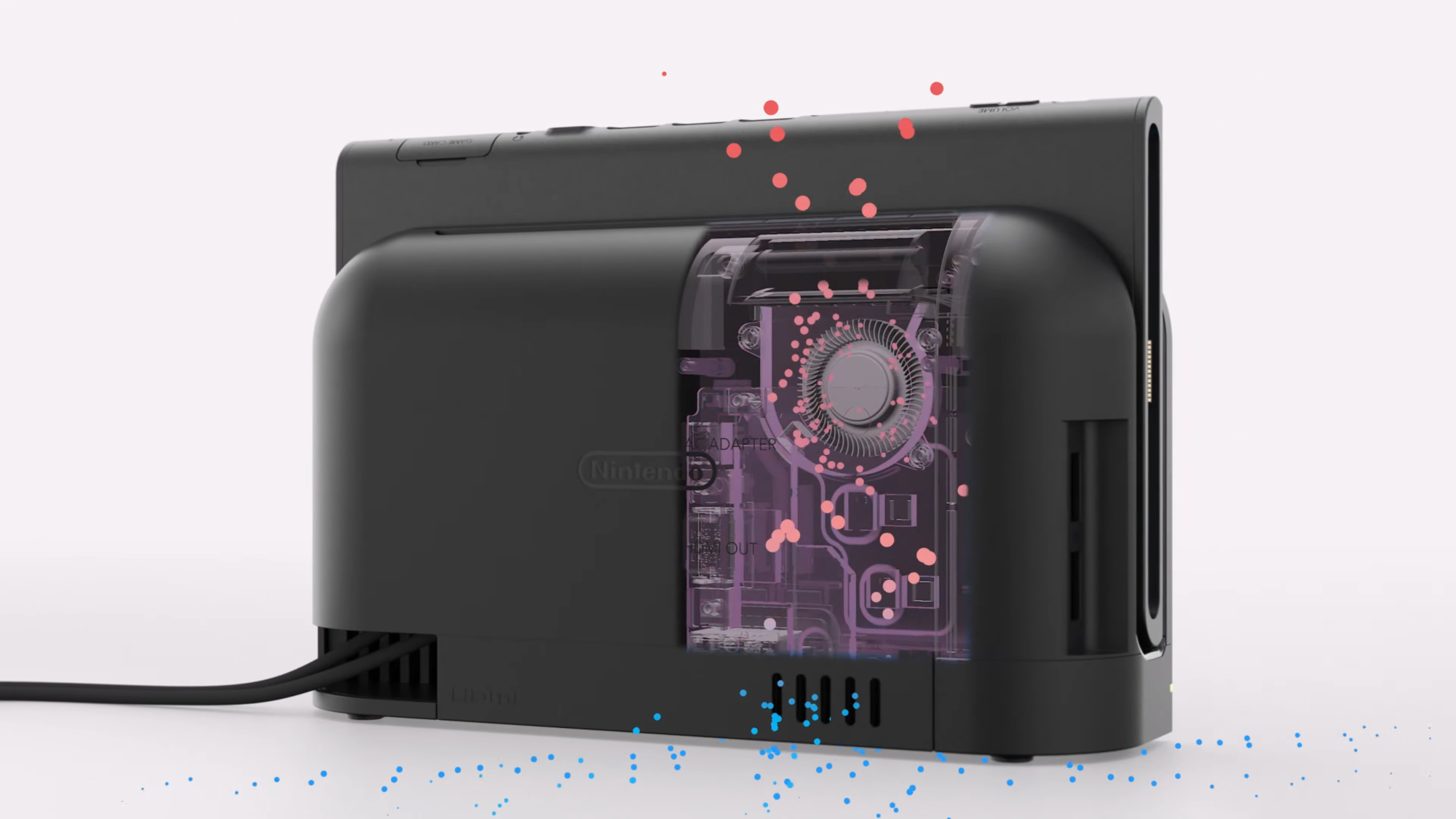
Enhanced Joy-Con Features
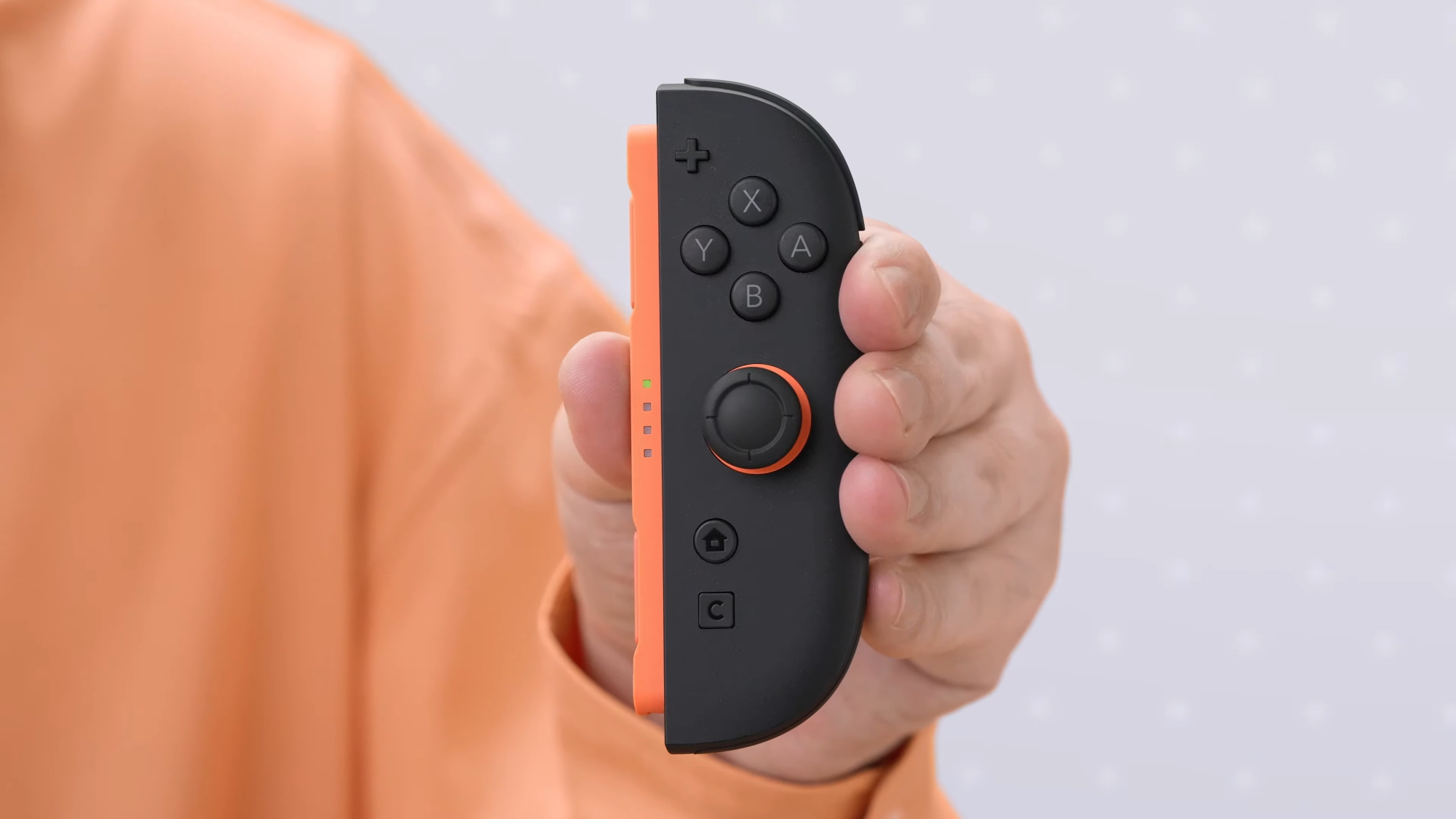
The Joy-Con controllers for Switch 2 have undergone significant changes compared to their predecessors. They are now larger and sport a more rounded design, which should enhance comfort during gameplay. Aesthetic updates are evident as well, with the newer Joy-Cons featuring a predominantly black design accented with vibrant colors.
The newly introduced C button has a special function—it activates GameChat, enabling direct communication with friends through the console. By pressing this button, players can access the GameChat menu to manage voice settings, including toggling the microphone and camera.
Unlike the original controllers, these Joy-Cons connect to the Switch 2 magnetically rather than sliding into place. The magnetic connection is designed to be secure enough to withstand movement, and they can only be detached by pressing a button on the Joy-Cons, reminiscent of the mechanism on the original models.
One remarkable feature of the new controllers is the addition of “mouse mode.” This enables both left and right Joy-Cons to function as mouse controls on a flat surface for compatible games. The updated Super Mario Party Jamboree expands on this concept with new mini-games that utilize these controls.
Upcoming Pro Controller and GameCube Controller
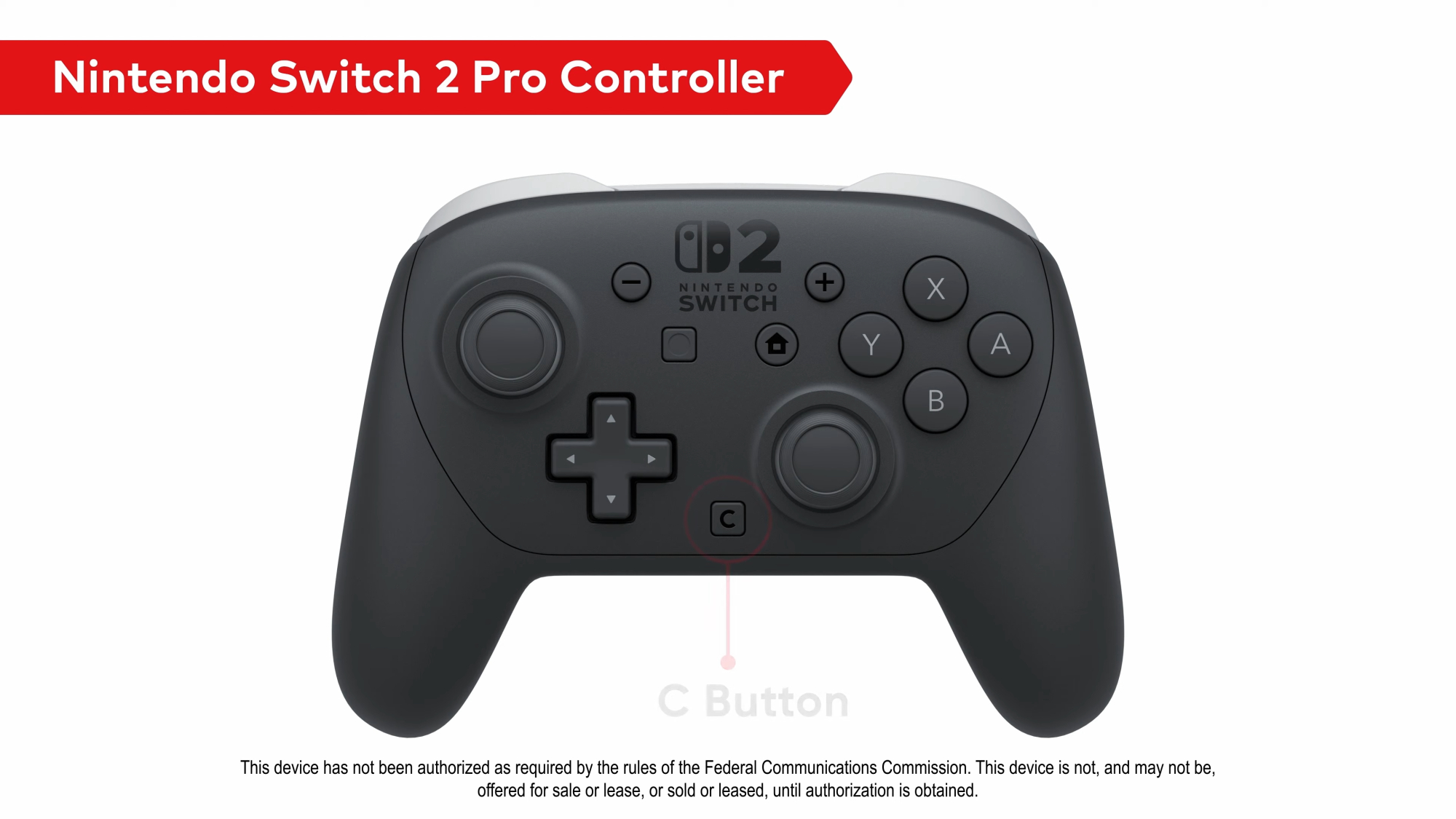
Though a separate accessory, a new Pro Controller has also been designed for the Switch 2, mirroring the familiar design of the Switch 1 Pro Controller while introducing several new features. A new C button sits at the bottom, white buttons have been added at the top, and it includes an audio jack and remappable GR and GL buttons on the back.
Additionally, a GameCube controller is being released that retains the classic aesthetic of the original design but includes some updated functionalities. Enhancements include a new C button on top, a small ZL button on the left, a screenshot button, a pairing button, a Home button, and a USB port on top. Players will also find an indicator for player numbers along the top of the controller.

Game Cards: Continuity and Improvement
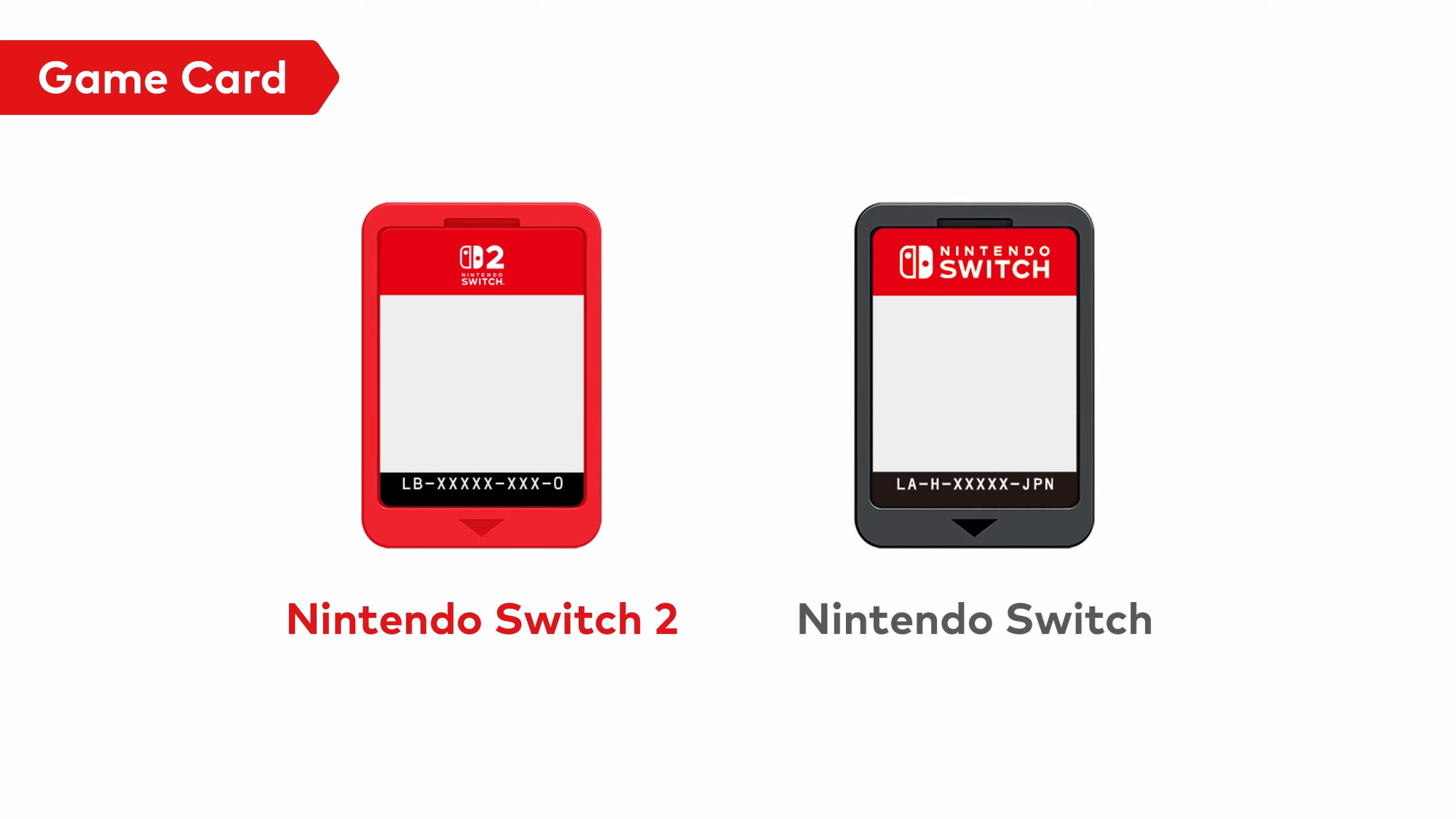
The game cards for the Switch 2 are designed to be similar to those of the original Switch, with minor differences. They retain the same dimensions and shape but feature a new red color instead of black and are capable of faster read speeds. This is a welcome enhancement for gamers!
Release Date for the Nintendo Switch 2
The official launch date for the Switch 2 is set for June 5 of this year. Consumers will have the option to purchase the console on its own or in a bundle that includes a digital version of Mario Kart World, the latest addition to the Mario Kart franchise.
Pricing information remains under wraps; updates will be provided once Nintendo makes the official announcement.


